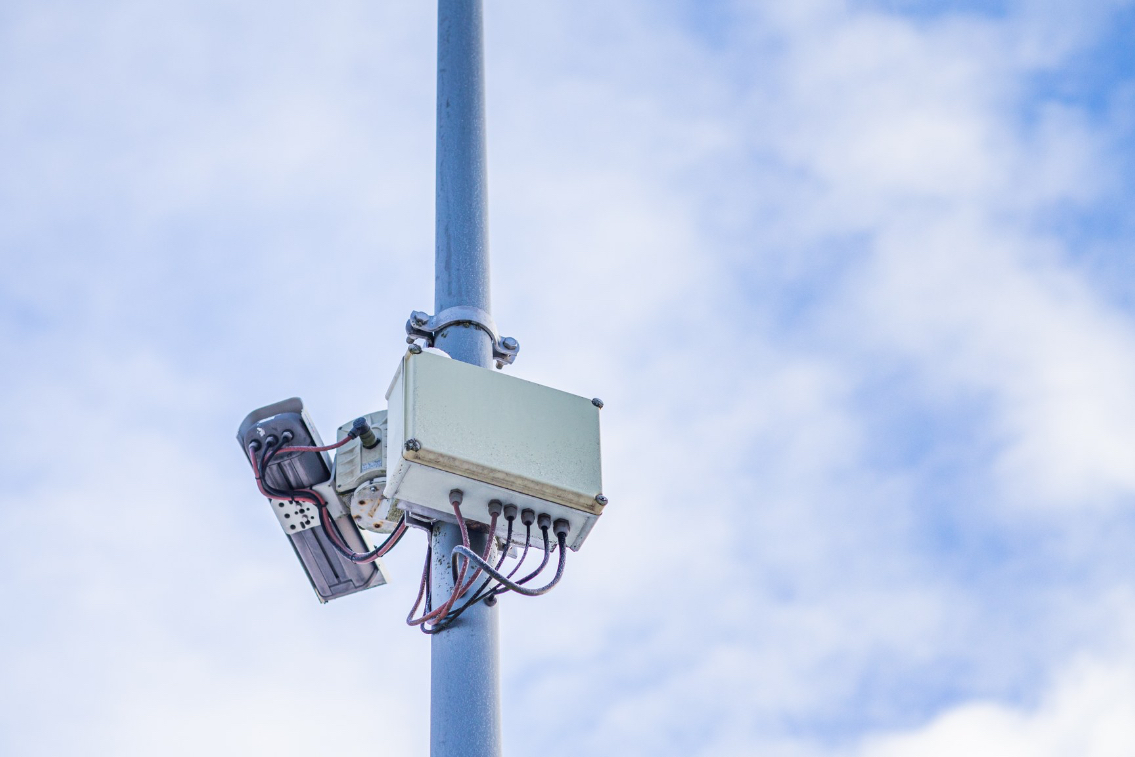The development work for the test area is being carried out in the ERDF project Smart City Test Area – Towards Level 4 Automated Transport, which is funded by the Council of Tampere Region. The project is being implemented by Business Tampere. In this project, measures will be initiated to develop a test area in Hervanta that meets the requirements of level 4 automated transport.
Level 4 automated transport refers to highly automated transport, where the vehicle travels independently without a driver and automation takes care of steering the vehicle. The development of level 4 autonomous driving solutions places entirely new demands on the physical and digital infrastructure. Level 4 automated transport test platforms operating in the urban environment are rare worldwide.
The project will strengthen the competitiveness and attractiveness of the Tampere city region and improve the models for cooperation and co-creation. The Mayor’s programme for the City of Tampere has set the goal of Tampere becoming a model city for technological development. One of the focus areas for development is smart transport and autonomous mobility. The test area offers companies the opportunity to try out new smart tran sport and automated mobility services in a real environment among the first in the world.
Experience from the test area will contribute to urban development and planning. One interesting option is to utilise automatic buses as part of the transport system, for example, in feeder traffic for the tramway. With the help of the test area, residents will get used to the idea of autonomous driving. The fears associated with automatic driving can be reduced through experimentation.
Duration of the project: 1 August 2020 – 31 August 2022

The development work for the Hervanta test area has been launched together with companies, research institutes and educational institutions
The goal of the Smart City Test Area project is to develop a secure and reliable test network that utilises Nokia’s cloud-based private LTE test network in Hervanta, Tampere. The test area offers companies and research institutes the opportunity to try out new smart transport and automated mobility services in a real urban environment. There are not many similar test areas in the world that function as part of a normal urban environment. Companies, universities and research institutes, for example, will be able to utilise the test area. The City of Tampere also has plans for various experiments and pilots utilising the test area.
The project commissioned a survey of internationally operating test areas and the placement of the Hervanta test area within this field. The survey found four factors that support success: the region’s high level of expertise, public support, political will and a transport environment suitable for testing.
As testing is expensive, the aim is to find test areas as close as possible to product development and manufacturing. Finland is seen as a potential test area for European car manufacturers, but competition between test areas is intense in Europe as well. The Hervanta test area must find a strategic differentiation factor in order to be competitive. Examples of such factors could be the wide range of services and an open test area in the midst of normal traffic. The differentiation factors of Finnish test areas are the close cooperation between the test areas, winter conditions and Finland’s flexible legislation.
See the test area report (the PDF document does not meet accessibility requirements)
Using workshops to map different needs in the test area
The Smart City Test Area – Towards Level 4 Automated Transport project organised two workshops, the first of which focused on the services and organisation of the test area. The second workshop concentrated on the more technical aspects of the test area, such as the necessary data sources and the requirements of the digital infrastructure. The workshops were facilitated by Ramboll and attended by people from 12 organisations.
The participants had a relatively clear view that the area needs to have one primary operator in order to function. For example, the operator was expected to be neutral but also to have a vision that defends the interests of the customers in the test area and to be able to help in acute problem situations. The provision of services on a one-stop-shop basis would be a key attraction factor in the competition between test areas.
It would be important to create a local ecosystem bringing together the actors supporting the operation of the test area. The City of Tampere needs to be involved as an important actor in the ecosystem in order to enable operations, for example, by providing the necessary data. In addition, it was considered important to maintain extensive cooperation with other test areas and partners both in Finland and internationally. The workshop participants felt it was important for support services, such as temporary office premises and workshop, restaurant and accommodation services, to be available in the Hervanta area
The users of the test area will need a lot of both accurate static and dynamic information
In the workshop on data sources and digital infrastructure, an HD map and comprehensive communication links were highlighted as the most important issues. For the digital infrastructure, the most critical factors were considered to include static factors related to the HD map, such as maps of roads, equipment and its locations, positioning points and speed limits, as well as dynamic factors, such as conditions, accident and fault data.
Access to information in real time is important, and solutions must be sought, for example, for how to take street repairs into account. The most critical elements of the physical infrastructure identified were horizontal and vertical geometry, such as kerbs, bicycle lanes, pavements, tramways and stops and the width and number of lanes. The sharing of the necessary data was considered to be the task of either the test area or the city.
Click here to see the workshop results (the PDF document does not meet accessibility requirements)
Lue kooste työpajojen tuloksista tästä
